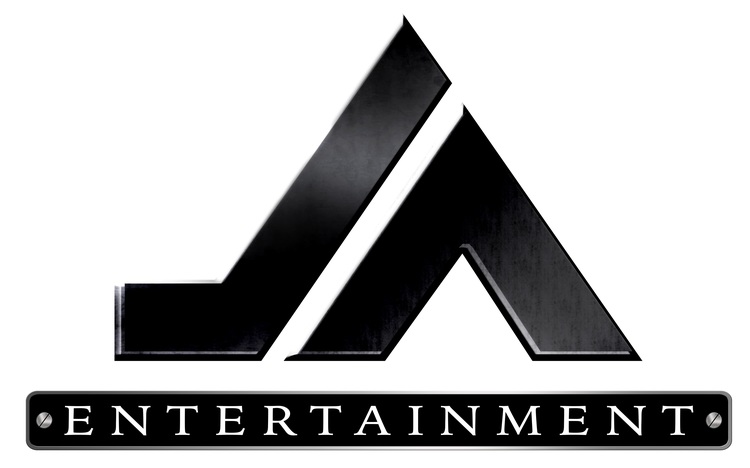NEW DELHI: If asked, which Bollywood film was the biggest box-office hit in the past 10 years, most of us are likely to name a movie by one of the three Khans — Salman, Shah Rukh or Aamir. That's because in popular perception, a film's success is all about the overall collections at the box-office. And a Khan movie seems to be a safe bet.
But what if the parameter is tweaked a little? What if we look at a movie's investment-return ratio to decide on the magnitude of its success. In other words, dividing what a movie earns with what it spends — estimates of production costs plus prints and publicity expenses.
A close look at 500 films released between the years 2004-13 (the top 50 money-making films from each year) with theatre collection figures provided by trade website, boxofficeindia.com throws up a bunch of major surprises and makes one wonder if stardom is overrated in the Hindi film industry.
From a strictly investment-return ratio point of view, the biggest hit during the period is Bheja Fry. The film, an Indianised version of the French comedy Le Diner De Cons, collected Rs 12.6 crore worldwide. As per boxoffice.com figures, the film's overall budget was Rs 1.5 crore and it grossed Rs 12.6 crore worldwide.
This gave it an investment-return ratio of 739%, better than any other films. Next on the list is Aashiqui2, which had a budget of Rs 15 crore and grossed Rs 109.4 crore worldwide giving it an investment-return ratio of 629%.
Bheja Fry's producer Sunil Doshi says that the film's actual production cost was Rs 1.18 crore. "It was self-funded and I had to mortgage my house. There was hardly any money left for advertising. But the film became a sleeper hit following huge word of mouth publicity," he says.
Apart from Bheja Fry and Aashiqui 2, the other films on the top five list are — Lage Raho Munna Bhai (548%), Vivah (518%) and Vicky Donor (513%).
Astoundingly, there's no Khan, no Hrithik Roshan, no Akshay Kumar, no Ajay Devgn and no Ranbir Kapoor in this list.
Lage Raho Munna Bhai (2006), starring Sanjay Dutt, is the lone movie with a big star of its time.
Interestingly, following the ROI (return on investment) method, another film trade website, koimoi.com, ranked Aashiqui2 as the top film of 2013. Yeh Jawaani Hai Deewani got the No 2 spot, followed by ABCD, Fukrey and Grand Masti.
Movies which fetched much more cash at the box-office such as Chennai Express, Dhoom 3 and Krish 3 were ranked 7th, 11th and 13th respectively.
Bollywood is seldom upfront about trade figures. Nonetheless, well-known Mumbai based distributor Shyam Shroff says that judging a film's through investment-return ratio is the right way to look at its success. "It is also noticed many a times that in spite of huge box-office figures, the films actually run into losses.
And then the fight starts between all the stake holders," says Shroff.
Doshi adds, "Multiplexes hike ticket rates every now and then. This leads to higher collections. Which in turn offers a lop-sided view of a film's popularity," he says.
"If one strips the top five films to the barebones, at their core of each of them is a brave idea. And a good idea is like blood in a shark pool. Even the conservative Vivah had freshness. In Aashiqui 2, the hero commits suicide; something rare in Bollywood these days," says writer-director Mahesh Bhatt.
But Bhatt also underlines the importance of stars. "You cannot overlook star power. Stardom is pre-sold tickets, ensuring a certain draw in the opening weekend. We live in 'an attention economy.' Anybody who can capture attention is a star. In times of anxiety, the star is a form of balm many need."

